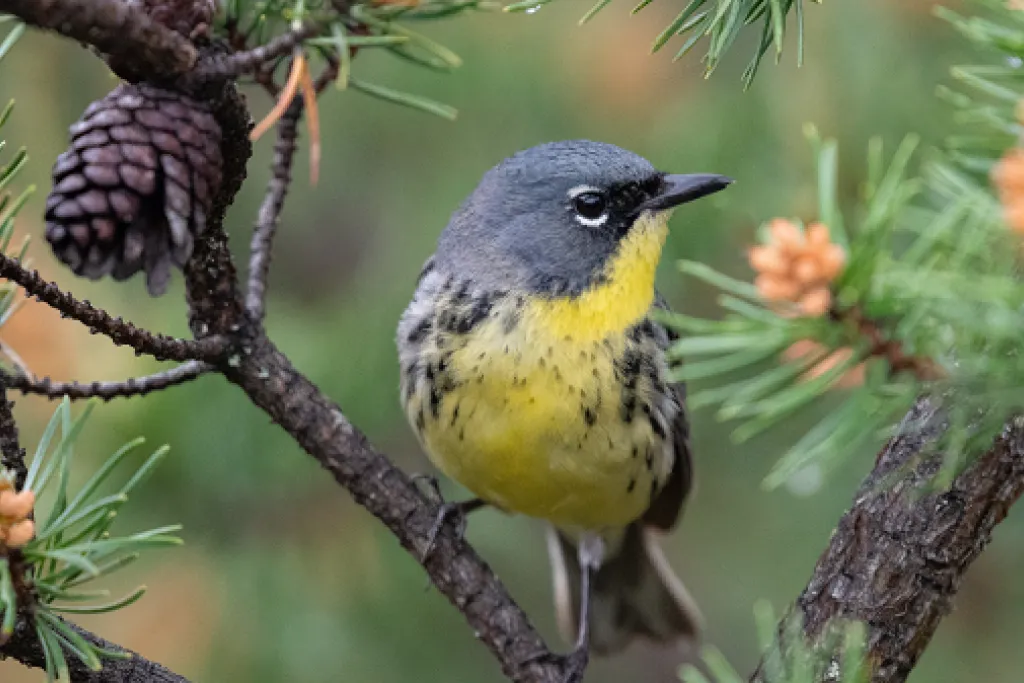More than 1,000 species are protected under the Migratory Bird Treaty Act, and a growing number of species are facing population declines.
Citizen science efforts like Audubon’s Christmas Bird Count provide important data, but focused research at Land-grant Universities and other institutions is a crucial element in understanding both species declines and ways to help reverse those trends. USDA’s National Institute of Food and Agriculture provides support to a variety of research projects across the nation.
Research Highlights
- A Penn State research project is focused on two species that have declined in recent decades. They are investigating why the wood thrush is declining and how forests can be managed to increase abundance and productivity and reverse declines. Additionally, the research team is working to find ways to monitor northern goshawks, a relatively rare species, in a cost-effective manner so that population trends can be tracked, and declines averted. Finally, this research will provide insight into how bird communities change in response to shale gas development and will be used to provide specific guidelines to individuals, agencies and communities on ways to minimize negative effects and enhance wildlife habitat in forests across Pennsylvania.
- The cerulean warbler has lost 70% of its breeding population since the 1960s, primarily because of the loss of suitable forested habitat. Northern Alabama, historically its southern-most breeding range, is now an area of great conservation need for the species. An isolated population persists in a national forest. Scientists at Alabama A&M University are working to gain a clearer picture of the warbler’s population status. Additionally, they are trying to identify landscape and microhabitat conditions that explain the species occurrence in the national forest as well as examining whether forest openings created by natural disturbance and forest management provide suitable habitat for it. The study results will help improve best management practices of forest resources that will also benefit the conservation of wildlife species.
- North Carolina State University researchers, supported through Hatch capacity funding, are investigating ways to address the threats to American oystercatchers along the North Carolina coast. Because the birds nest and feed along the outer beach, their populations are threatened by human activity; loss of nesting habitat due to coastal erosion; and predators such as feral cats, dogs and rats. They are determining appropriate management actions to protect the remaining breeding populations.
- The Kirtland's Warbler, which had been listed as an endangered species until 2019, breeds in Michigan and Wisconsin and winters in the Bahamas. Wintering Kirtland's Warblers rely on early successional habitats that require periodic disturbance. Partnering with the U.S. Forest Service and Colorado State University, a research team led by the International Institute of Tropical Forestry worked with farmers, utility companies and other landowners to encourage re-occurring disturbances to benefit the warbler. Some of the warbler’s favorite fruit plants respond well to periodic cutting, mowing and even bulldozing and can re-sprout and fruit rapidly. That means that utility corridors, areas along boundary lines and fire breaks offer important potential habitat. Harnessing these areas will improve the opportunity to implement cost effective management for the warbler on private lands.

